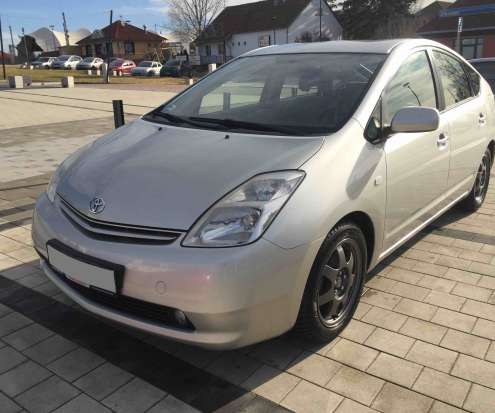U. of Minnesota researchers demonstrate new method for direct conversion of heat to electricity
Green Car Congress
JUNE 28, 2011
Researchers at the University of Minnesota have demonstrated a new method for the direct conversion of heat to electricity using a multiferroic alloy, Ni 45 Co 5 Mn 40 Sn 10 , which they had discovered earlier (Srivastava 2010). 2011), The Direct Conversion of Heat to Electricity Using Multiferroic Alloys. note in their paper.


































Let's personalize your content